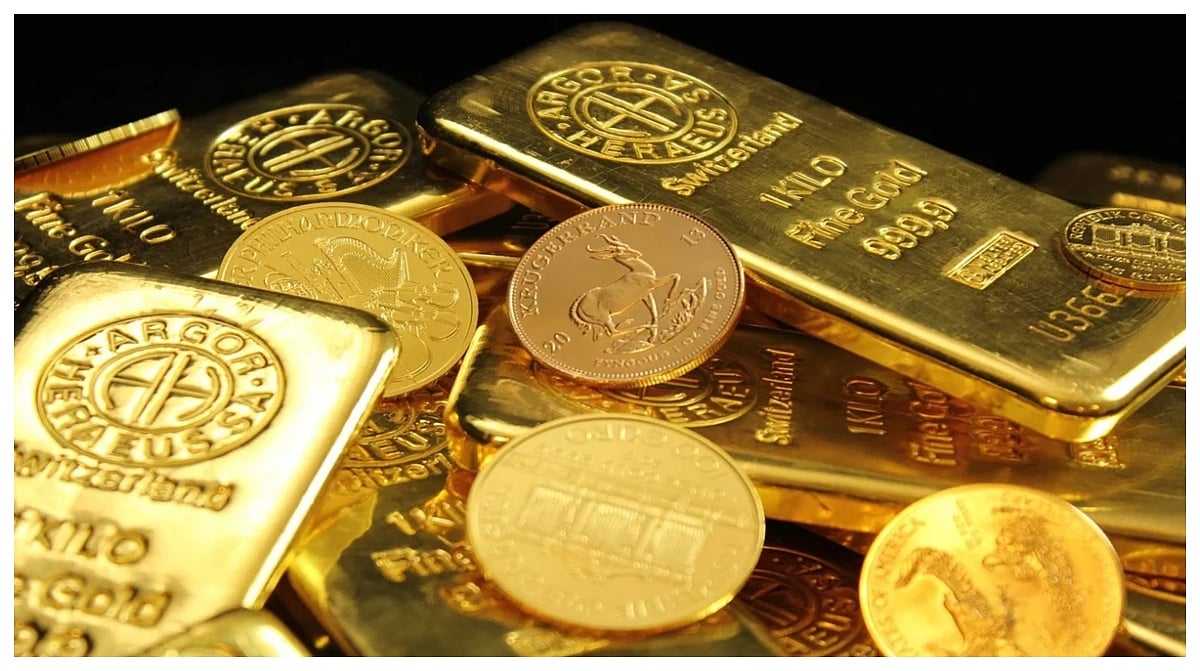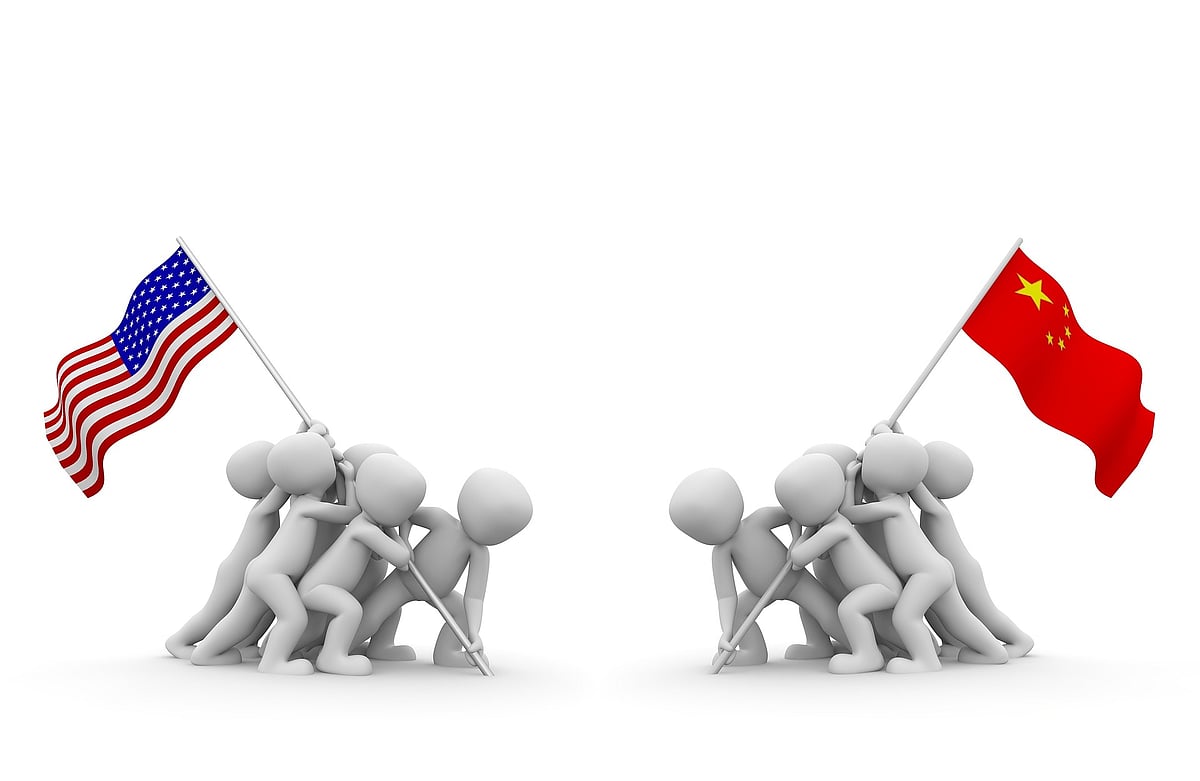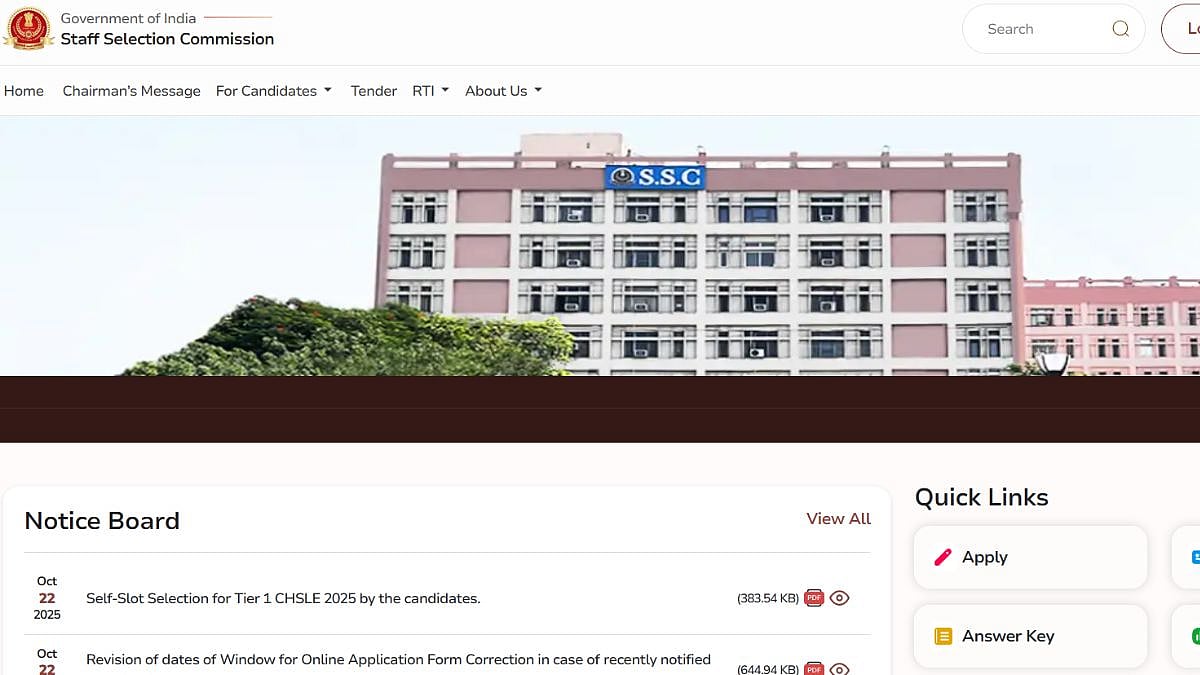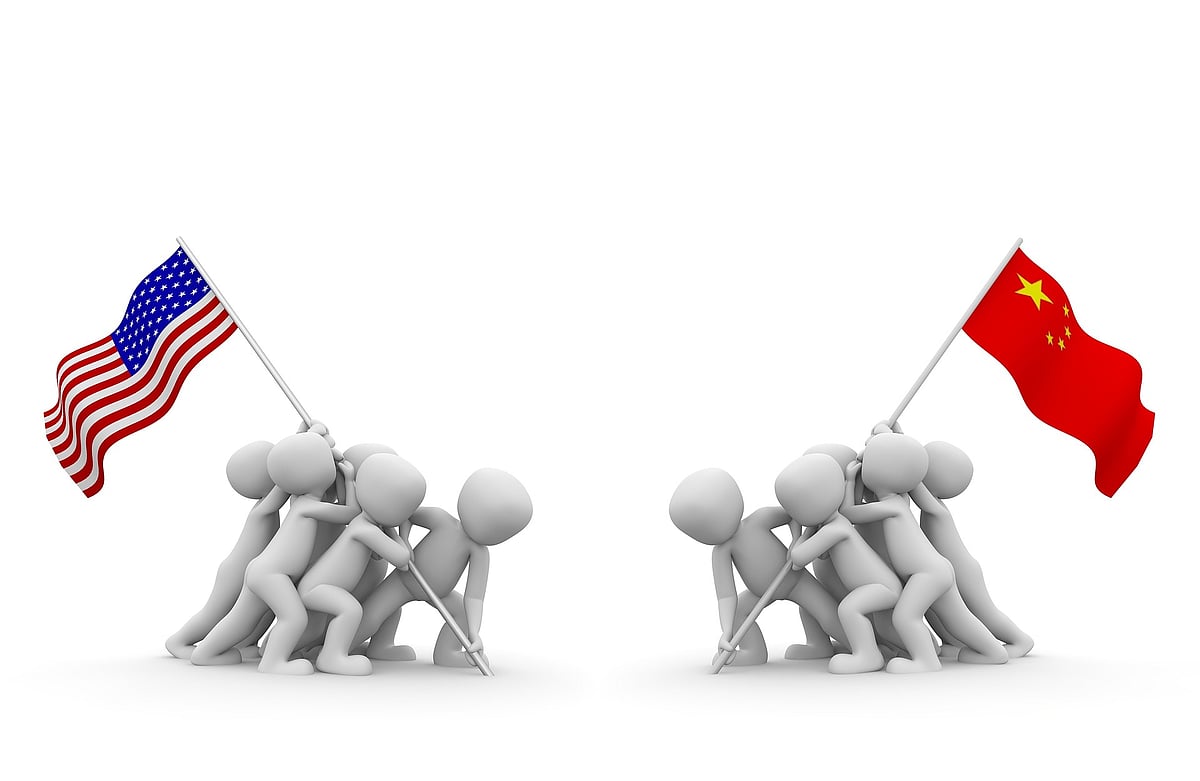China’s rise has been mesmerising. Like all great powers, China seeks to establish and enforce what Princeton University professor Robert Gilpin calls “basic rules and rights that influence its own behaviour and that of the lesser states in the system.”
It has created a foreign policy dilemma for many countries in the Asia-Pacific region, increasingly seen as the epicentre of global geopolitics. It is here that the strategic, economic, and security interests of the world’s two largest powers the United States and China are increasingly intersecting.
The fierce competition between the two has led to new alignments. The region is smarting under President Trump’s “Liberation Day” tariffs. His visit to Malaysia, Japan, and South Korea has only partly calmed trade tensions. On its part, by deeper engagements with the countries of the region, China is seeking to reshape the regional order.
While some countries have resorted to hedging strategies, others, like South Korea and the Philippines, are playing what Richard J. Cook and Zhaoying Han of Nankai University, China, and Maximilian Ohle of Eberhard Karls University of Tubingen, Germany, call “linchpins as geopolitical kingmakers” amid China-US competition.
At the recent Tianjin Forum in China, Cook described this anomaly as the “power of the weak paradox”. The secondary powers, he explained, “lack the capacities to become great powers, but they endorse the great power whose interests are concordant with their strategic objectives.”
In his pathbreaking book, The Grand Chessboard, published in 1998, Zbigniew Brzezinski wrote about four prerequisites of a superpower: economic dynamism, global military reach, lead in cutting-edge technology, and appeal of its mass culture. Apparently, at that time and until recently, only the US fulfilled all the requirements to merit that distinction. Today, China, too, largely qualifies in the category.
Few strategic analysts predicted China to be catching up with the US so soon, except for British journalist and former editor of Marxism Today, Martin Jacques. His book, When China Rules the World: The end of the Western world and the birth of a new global order, published in 2009, appeared like Chinese propaganda. But it turned out to be a highly prophetic book, which has sold over a million copies and been translated into a dozen languages. China’s transformation from a low-cost manufacturing hub to an innovation- and service-driven economy has changed the world.
While the world is not speaking Mandarin yet or singing C-Pop, China has greatly bridged the gap in terms of three ingredients of a superpower. In high-tech, Beijing has made the most impressive gains. In terms of the appeal of mass culture, the US is still miles ahead.
In the Times Higher Education rankings 2026, China’s top four universities, Tsinghua University, Peking University, Fudan University, and Zhejiang University, are placed 12th, 13th, 36th, and 39th, respectively, in global rankings. Indian universities don’t make it among the world’s top 200 universities.
Is time on China’s side in the fierce geopolitical duel between the US and China in the Asia-Pacific? Has the US already given up the race for supremacy?
China has signed an expanded version of a free trade agreement with the ASEAN as an alternative to the protectionist policies of President Donald Trump. It has conveyed a strong message that non-US countries are coming together to strengthen trade relationships for their prosperity.
In October 1992, Time Magazine argued that China cannot grow into an industrial giant in the 21st century. Its population is too large and its gross domestic product too small. The West also floated a "Peak China" theory, arguing that the Chinese economy was burdened by many structural issues, such as a heavy debt load, slowing productivity, low consumption, and an ageing population.
China is all set to overtake the US by 2030 to become the world’s largest economy. The Chinese economy, with a GDP of 31.7 trillion US dollars, will be way ahead of the US (22.9 trillion). China is also aggressively developing cutting-edge technology for military purposes. Although a latecomer to the AI scene, China is now striving to catch up with OpenAI and other major players in the market, including tech giants Microsoft, Google, and Amazon.
Will the strong remain strong for long? China seems to have taken to heart what Samuel Huntington had prescribed decades ago: “Power remains strong when it remains in the dark; exposed to the sunlight, it begins to evaporate.”
China’s leaders post-Mao have embraced a vision of what American diplomat and historian Julian Gewirtz calls “actionable futurism”—a futurism that required a response from the state. They also took to heart what Deng Xiao Ping had prescribed: “Lie low and bide your time.” President Xi has taken it to a new level: “realisation of the Chinese dream”.
Predicting the future flow of history is a treacherous exercise. Geopolitical sages are good at explaining why things won’t change, but they are less adept at explaining how things do.
Way back in 1975, Kissinger had predicted that if China keeps developing the way it does, it “could be a pretty scary outfit.” Will it still be an American century despite China’s rise? Columbia University professor Adam Tooze predicts that the US may cling on to external power while continuing to manage internal decline. To him, the US is a “tree growing despite fungi following out its trunk”. The US will continue to be a major military power.

There are lessons from history as far as China’s global ambitions are concerned. China invented all of the technologies necessary to have the industrial revolution around 800 years before it occurred in Europe. But China rejected the very technologies that could have given it world domination. Hence, it missed the bus.
Trump’s disastrous policy and his whimsical tariffs may be a blessing in disguise for China. Beijing is working overtime to beat the US tech supremacy and military power. This century is all set to be a Chinese century. Will the world welcome the new Pax Sinica? Perhaps Chinese leaders don’t think of the future, as the future comes soon enough.
The author comments on global affairs. He was lately in China.









